Wire mesh rolls consist of interconnected wires, forming a grid-like pattern. They are often made from steel, stainless steel, or aluminum. They are essential in construction, agriculture, industry, and creative DIY projects. Their primary purpose is to provide structural support, protection, or filtration while allowing airflow and visibility.
The Varieties of Wire Mesh Rolls and Their Applications
Wire mesh rolls offer a range of options, each tailored to specific needs and applications. One common type is the rodent-proof wire mesh roll, designed to keep out small animals while allowing airflow and light. Stainless steel wire mesh rolls are known for their durability and resistance to corrosion, making them ideal for marine and outdoor settings. Welded wire mesh rolls, formed by soldering intersecting wires, provide stability and strength, often used in construction, fencing, and concrete reinforcement.
Galvanized wire mesh rolls are coated with zinc for corrosion resistance, making them a popular choice for outdoor applications and agriculture. Stainless steel woven wire mesh rolls combine strength with an attractive appearance, suitable for architectural and decorative projects like railing infills and interior design. Lastly, aluminum wire mesh rolls are lightweight and corrosion-resistant, making them a favorite in aerospace, automotive, and industrial filtration systems.
Choosing the Right Wire Mesh Size for a Project
Begin by defining the specific requirements of your project. Determine whether the wire mesh will be used for filtration, protection, support, or other purposes. Understanding the project's needs will guide the mesh size selection. The size of the mesh openings, often referred to as the aperture or space between wires, is another critical factor. Smaller openings offer finer filtration or protection against smaller objects, while larger openings provide more airflow and visibility. Assess the project's demands to determine the appropriate opening size.
To determine mesh count, count the number of openings (either square or rectangular) within a linear inch. Calculate by measuring one inch of the wire mesh and counting the number of openings within that distance. For greater accuracy, count the openings in both the horizontal and vertical directions and take the average of the two counts. The thickness of the wire used in the mesh affects its strength and durability. Thicker wires are stronger but may reduce visibility or airflow. Thinner wires offer flexibility and better visibility but may be less robust. Choose a wire thickness that aligns with the project.
Consider the material type, whether stainless steel, galvanized steel, aluminum, or other options. Material selection impacts the mesh's resistance to corrosion, durability, and appearance. Ensure that the chosen material suits the environmental conditions. Wire mesh can come in various shapes, including square, rectangular, and hexagonal. The shape can influence the mesh's effectiveness and appearance. Evaluate which shape complements the project's functionality and design. Sometimes, conducting small-scale tests with different wire mesh sizes can help determine which size best meets the project's requirements. These tests can provide practical insights into airflow, visibility, and performance.

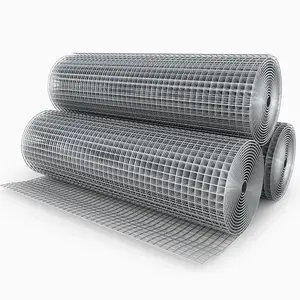

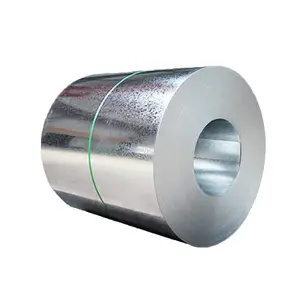




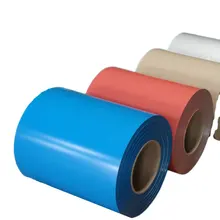




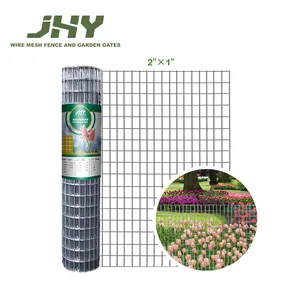
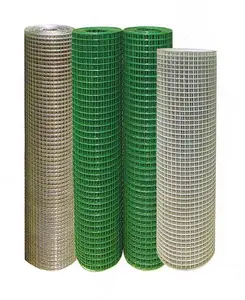


















 浙公网安备 33010002000092号
浙公网安备 33010002000092号 浙B2-20120091-4
浙B2-20120091-4